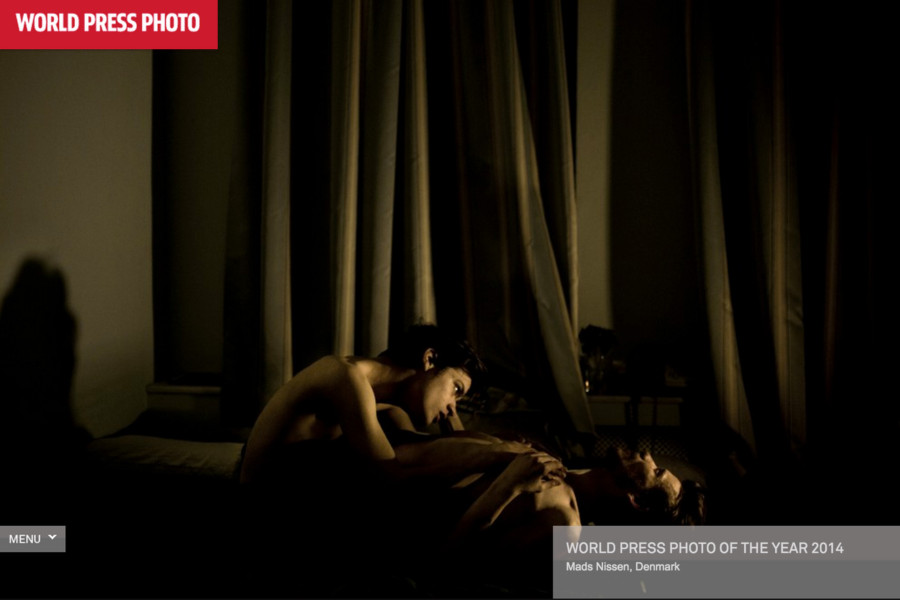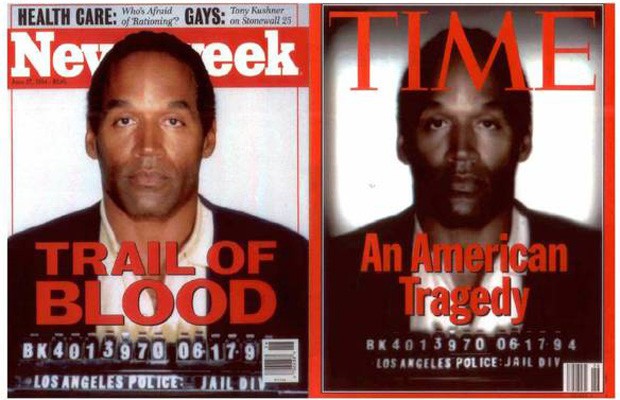Share
OJ Simpson and World Press Photo
Photojournalism contests are arguably the most self-scrutinized on the photo contest continuum. This is because most photojournalists take the noti...

Photojournalism contests are arguably the most self-scrutinized on the photo contest continuum. This is because most photojournalists take the notion of producing work with integrity very seriously. It’s passé to talk about “truth” in photojournalism because most photojournalists acknowledge that they are not omniscient – they capture what they can see, but do so without staging scenes, without asking people to re-enact events, and most importantly, process the images in such a way that it doesn’t violate their understanding of the ethics of photojournalism.
This year, World Press Photo announced that 20 out of the 92 entries in the penultimate round were disqualified for manipulation. This is a staggering number, and The New York Times reported “The jurors were shocked when the doctored photos were presented to them by experts, according to [Patrick] Baz. ‘There was silence,” he said. ‘I couldn’t believe that some of the biggest names in photography did this – people who are in the pantheon.’”
It’s unclear whether the “experts” disqualified the images, or whether the jury made the final call. Confusion reigns!
As the conversation around the disqualifications intensified (particularly on James Estrin’s take on the LENS blog and Melissa Lyttle’s Facebook conversations), David Campbell, secretary to the World Press Photo contest general jury, responded here and here, and through a series a tweets.
- Manipulation is not synonymous with processing.
- No significant material may be added or removed by either cloning or substantial toning.
- Levels of processing that do not add or remove content a matter for aesthetic judgement, and do not break contest rules.
#1 and #3 are clear to me. #2 is murky because it uses language similar to the WPP-commissioned Integrity of the Image. In that report, qualitative words like “excessive” or “minor” form a feeling of global consensus without more succinct definition and visual examples. The WPP contest rules similarly decree rules like “the content of an image must not be altered,” without showing examples of what that means and how that definition might change over time.
Visual people, need visual examples or else this will be repeated every year. RT @duckrabbitblog: @davidc7 @KatrinEismann Why?
— Katrin Eismann (@KatrinEismann) February 18, 2015
Let me illustrate the complexity of the issue. Remember the OJ Simpson covers?
The manipulation of the TIME cover is a classic example of what was previously called “manipulation,” but is now arguably “processing.” Although the fidelity of the embedded image is poor, I would guess that even with the skin toning and burning of some parts of the face, that none of the tone went to black (i.e. no significant material was removed). In other words, the TIME cover, from my understanding of the WPP statement, would not be disqualified in the 2015 World Press Photo contest. (I’m happy to be wrong)
Assuming that the TIME cover would pass the litmus test, it’s hard for me to reconcile my understanding of what is permissible and ethical nowadays. This isn’t an indictment of World Press Photo or of contests. The discussion is necessary because technology continues to move faster than our ability to understand all its myriad implications and consequences.
A few more observations:
- Did the WPP experts disqualify the entries, or did they make a recommendation to the jury, who then DQd the entries? This is important because it suggests that only a forensic expert has the tools/ability to understand manipulation.
- Photographers need real life examples. David Campbell provided some images with different types of manipulation, but I believe these examples are too far removed situationally and from a content perspective to be of real educational value. Photographers who were disqualified should strongly consider showing their images.
- The major photojournalism contests should work towards consensus on the issue of manipulation. It’s akin to having different regulations for international and NBA basketball. Why should an image that could win an NPPA award be disqualified in WPP (or vice versa) – or why should the photographer need to create different versions of the same image to satisfy individual contest requirements?
- The conversation needs to continue. We went from 8% disqualified to 20% disqualified. This means that despite all the previous discussion and all the declarations about the clarity of the rules, there is a growing misunderstanding.



